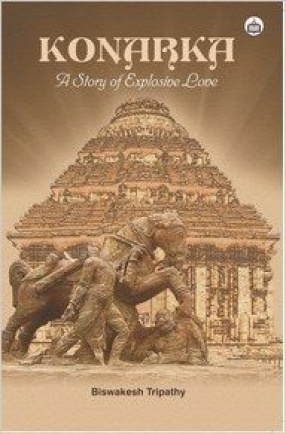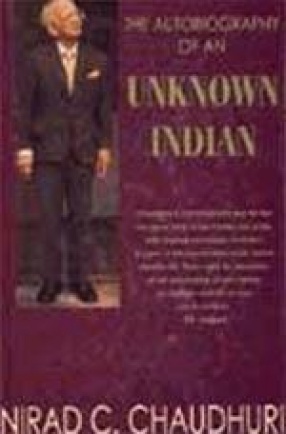Konarka: A Story of Explosive Love
Konarka is the famous Sun Temple, also known as the Black Pagoda. The temple was built around 1238 A.D. by King Narasingha Dev of Ganga Dynasty of Utkala, as Odisha was then known. He was a devoted Sun worshipper and an unabashed nudist. The temple was built near the coast of Kalinga Mahodadhi (Bay of Bengal). It is said to have been built in the estuary of Chandrabhaga river. In those days, rivers Kushabhadra, Prachi and Chandrabhaga were important waterways flowing into the Mahodadhi. It was believed that the Konarka Temple was built in the Padmaganda of Chandrabhaga estuary. Nearby was an important commercial city known as Charitra. There was a thriving port The-li-ta-to in the estuary of Prachi river carrying on trade with Java, Sumatra, Borneo, Sri Lanka and other islands in the east of India. In the vicinity was Mitrabana, a luxurious forest rich in fruit-bearing trees and herbal plants. It is believed that it took twelve years for twelve hundred workers to build the temple.
King Narasingha Dev was the son of King Anangabhima Dev III. He was the great grandson of Anangabhima Dev II who had rebuilt the famous Jagannath Temple at Srikhetra (now Puri) in the 12th century A.D.
There are many myths, many legends and as many stories concerning Konarka. The names of Sadasiba Samantarai, Bisu Maharana, his teenage son Dharama crop up as the main characters concerned with the construction of the Konarka Temple. It is also believed that there was a spirited girl named Maya, the daughter of the chieftain of Sishupalgarh, then an important fortress of Utkala. Narasingha Dev, as a prince, fell in love with Maya. She was also infatuated with him. He married her without the permission or knowledge of his father, the King of Utkala.
Around these little facts and fiction the theme of Konarka is built into the ethos of Odishan cultural history. I have liberally borrowed from such ethos. I have, of course, allowed liberty to flights of fancy to the extent that I strongly believe that things must have happened that way.
Konarka Temple is no more a functional temple. Its religious sanctity is gone. No deity is worshipped, no priest waits. The temple itself is in ruins. Even then thousands of tourists from all parts of the world visit the temple every day and are mesmerized by the beauty of the temple and its fine workmanship on rugged stones. The bold sculpture showing life-size amorous couples making love in tantalizing ways titillates and yet elevates the mind, capable of appreciating the unbelievable beauty of gigantic conception and finest execution of art never seen before.
Get it now and save 10%
BECOME A MEMBER








Bibliographic information